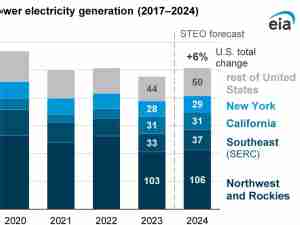The reason oil prices reached such highs in the last few days was clearly supply disruptions and drawdowns in inventories, so now that US oil production is returning, oil as expected trades lower.
The decline in prices today comes as US supply is slowly returning back online, at a time when the dollar has strengthened, which makes oil more expensive for international markets.
Adding to the comeback of US production, the risk that Libya could face output disruptions due to protests at export ports has now been lowered, as the protests ended before hampering supply in a severe manner.
On the demand side, China and Japan add some pressure on the recovery, as they continue to battle with Covid-19 outbreaks.
In the US, crude oi production that was shut by Hurricane Ida continues to be restored so refinery demand is being increasingly met from producers, trimming a bit the price premiums of previous days.
Nevertheless, repairs at Shell’s WD-143 gathering hub are expected to continue to affect the restoration of US output and we see a production loss of about 850,000 bpd for the third week of September, then going down to 180,000-200,000 bpd in the fourth week.
Meanwhile, remember about OPEC? The Hurricane news have removed the spotlight from the group, but it continues to pump more oil as per their latest production agreement, and that is reflected in global supply, with prices taking notice.
On the Covid-19 front, Japan has already extended stricter lockdown measures in an attempt to suppress the further spread of the virus, and that is set to cut a bit of demand.
In China a reported new outbreak of Covid-19 in the Fujian province, which houses about 3 million people, renews oil demand concerns in the county as it comes just after China contained another outbreak in its Nanjing province, the biggest since last year’s Wuhan.
These fresh outbreaks in China will continue to put pressure on products demand, a natural outcome of switching gear to contain the virus outbreaks.
The oil price move today is logical and follows market fundamentals, as traders are not reacting impulsively but follow the supply-demand trail.
Now, with supply strengthening and some possible dents to demand recovery in Asian markets, oil prices naturally cut the excess fat that the US Hurricane season helped accumulate.









